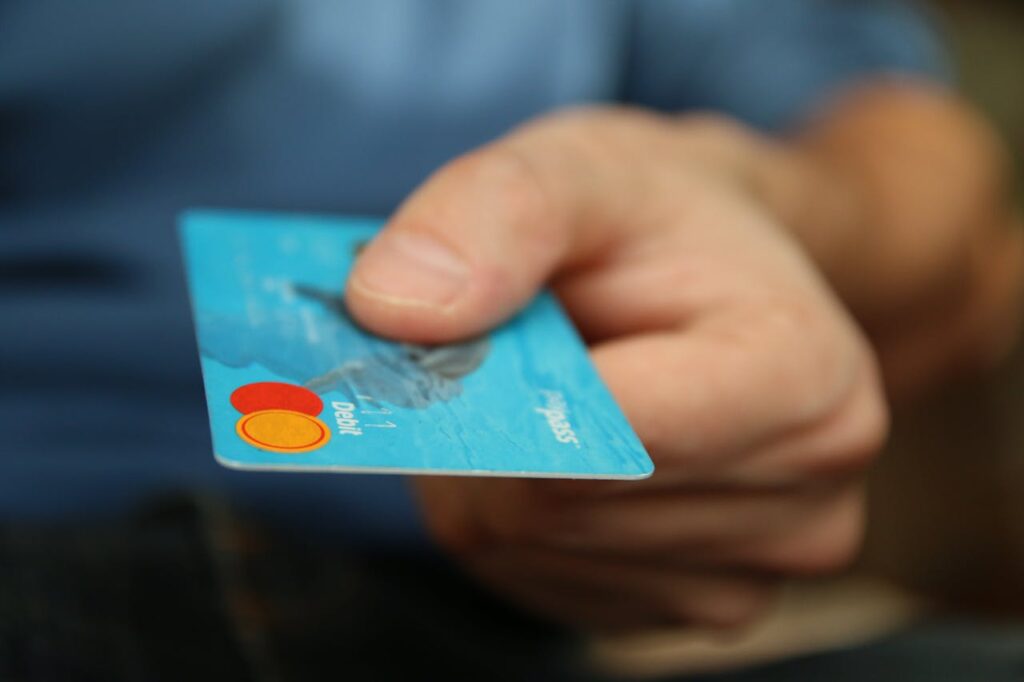
Welcome back to our comprehensive series on mastering the digital marketing funnel. So far, we’ve explored the Awareness, Interest, and Consideration stages, guiding potential customers from initial awareness of your brand to evaluating your offerings against competitors. Today, we delve into the Conversion Stage, where prospects take the desired action and become customers.
Understanding the Conversion Stage
The Conversion Stage is the fourth phase of the digital marketing funnel. At this point, prospects are ready to make a decision. They’ve gathered all the necessary information, compared options, and are now poised to take action—whether it’s making a purchase, signing up for a service, or another desired outcome. Your goal here is to make the conversion process as smooth and compelling as possible.
Objectives of the Conversion Stage
- 1. Facilitate Decision-Making: Provide the final push needed to convert prospects into customers.
- 2. Eliminate Barriers: Address any last-minute objections or concerns that might hinder the conversion.
- 3. Create a Seamless Experience: Ensure the conversion process is user-friendly and straightforward.
- 4. Reinforce Trust: Confirm that choosing your brand is the right decision through reassuring messages and support.
Strategies to Excel in the Conversion Stage
1. Clear and Compelling Calls-to-Action (CTAs)
Your CTAs should be prominent, clear, and compelling. Use action-oriented language that prompts immediate action. Ensure that the benefits of taking the next step are clearly communicated.
- Examples: “Buy Now,” “Get Started Today,” “Sign Up Now,” “Claim Your Free Trial”
2. Optimized Landing Pages
Your landing pages should be designed to convert. They need to be visually appealing, easy to navigate, and focused on a single objective. Include persuasive elements such as:
- 1. Strong Headlines: Grab attention with clear and compelling headlines.
- 2. Benefit-Focused Copy: Highlight the key benefits of your product or service.
- 3. Social Proof: Include testimonials, reviews, and trust badges to build credibility.
- 4. Visuals: Use high-quality images and videos to enhance the appeal of your offering.
3. Limited-Time Offers and Incentives
Create a sense of urgency with limited-time offers and incentives. Special promotions, discounts, or bonuses can encourage prospects to take action sooner rather than later.
- Examples: “Limited-Time Discount,” “Exclusive Offer for New Customers,” “Free Shipping Today Only”
4. Streamlined Checkout Process
Ensure that your checkout process is as seamless as possible. Remove any unnecessary steps and make it easy for customers to complete their purchase. Key elements include:
- 1. Guest Checkout Option: Allow customers to check out without creating an account.
- 2. Multiple Payment Options: Offer a variety of payment methods to cater to different preferences.
- 3. Progress Indicators: Show customers how far they are in the checkout process.
5. Retargeting Campaigns
Use retargeting ads to reach prospects who have shown interest but haven’t yet converted. Remind them of the benefits of your offering and encourage them to complete their purchase.
6. Live Chat and Customer Support
Offer live chat and customer support to assist prospects with any questions or concerns they may have during the conversion process. Prompt, helpful support can make a significant difference in finalizing a sale.
7. Personalized Follow-Ups
Send personalized follow-up emails to prospects who have shown strong interest but haven’t yet converted. Use this opportunity to address any lingering objections and offer additional incentives.
Metrics to Measure Success in the Conversion Stage
To determine the effectiveness of your strategies in the Conversion Stage, monitor these key metrics:
- 1. Conversion Rate: The percentage of prospects who complete the desired action.
- 2. Average Order Value (AOV): The average amount spent by customers during a single transaction.
- 3. Cart Abandonment Rate: The percentage of users who add items to their cart but do not complete the purchase.
- 4. Sales Revenue: The total revenue generated from conversions.
- 5. Customer Acquisition Cost (CAC): The cost of acquiring a new customer.
Conclusion
The Conversion Stage is the climax of the digital marketing funnel. It’s where all your efforts culminate in transforming interested prospects into paying customers. By implementing clear CTAs, optimizing landing pages, offering incentives, streamlining the checkout process, and providing excellent customer support, you can maximize your conversion rates and drive significant growth for your business.
Stay tuned for the final part of our Ultimate In-Depth Guide to Crushing Digital Marketing Funnel, where we will explore the Retention Stage and discuss strategies to keep your customers engaged and loyal to your brand.

Fantastic post! I look forward to reading more from you.